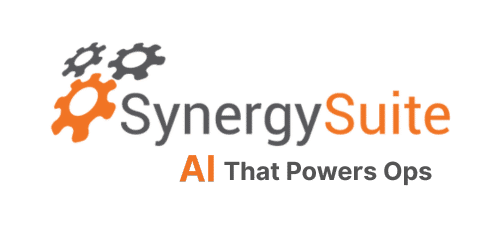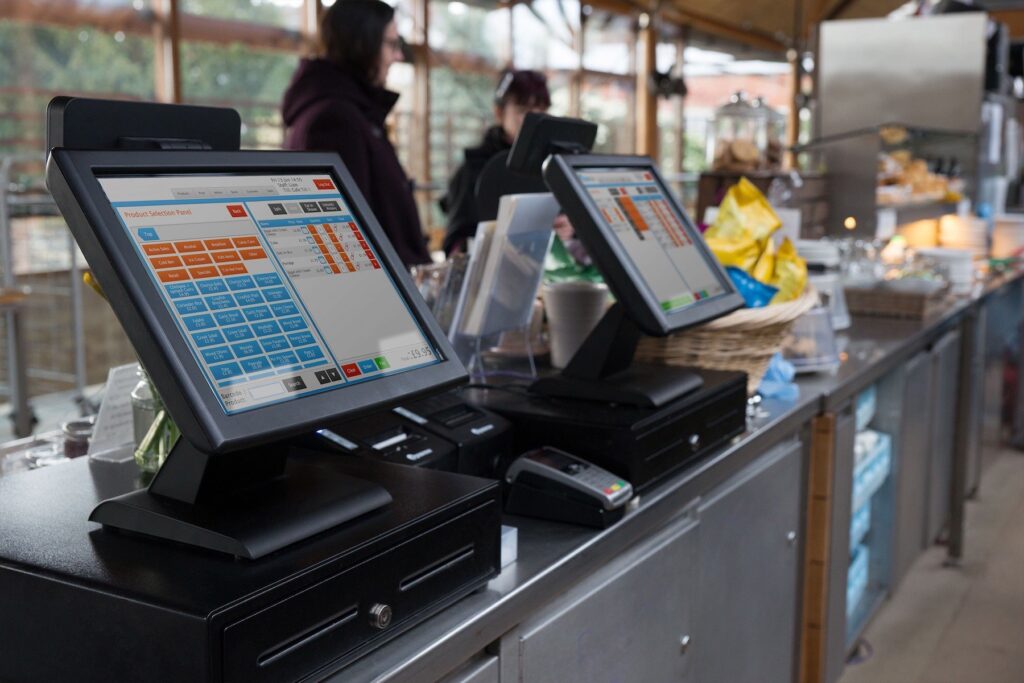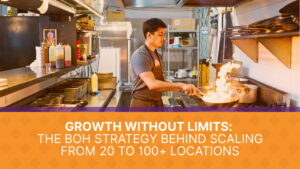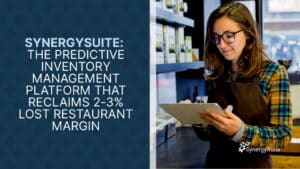Did you know that by mining and analyzing the data gathered by your POS system, you can dramatically increase your restaurant’s profitability? Even veteran operators gain incredible insights about their restaurants when they learn exactly what’s selling, what’s not and for what margin. When integrated with a back-office system, that data tells them exactly what inventory they should have, how much they should purchase—even how many employees are needed on hand to turn it into finished food and top-line revenue.
Understand that your POS sales numbers are actual, not theoretical.
POS sales data not only tells the story of what items sold and what didn’t, it paints a vivid picture of which ingredients were used (depleted from inventory) to make each menu item. Using that information from the POS, a back-office system now can create a theoretical inventory stating what inventory levels should be. Small variances between theoretical and actual inventory counts is normal due to comped meals and wasted food, but any large variances are automatically flagged, giving the operator the opportunity to determine if excessive food is being wasted or stolen.
When you know what you sold, you know exactly what to purchase.
When every ingredient in inventory is tied to specific recipes for each menu item, POS sales data provides a black-and-white picture of ingredient use. Knowing what ingredients were used allows you to improve purchasing accuracy based on daily and weekly needs. This helps ensure spoilage through over-purchasing or running out of items is eliminated.
Better yet, a restaurant management system like SynergySuite, can compile years of historic sales data to help forecast traffic peaks and valleys due to special events that boost revenue, or seasonal periods that can trigger sales slowdowns. Having that information lets operators adjust inventory pars levels up or down to adjust to actual sales trends.
Know food cost and menu item margins in real time.
The ability to compare sales to inventory allows you to calculate actual food cost in real time. No more waiting until the end of a period to calculate that crucial number; the system does it for you and at your command. Same for gross and net margins on every menu item: Since your back-office system knows your menu price and what you paid for every ingredient required to make those dishes, it can calculate that margin instantly. This is particularly helpful for restaurants whose seasonal menu changes can see profitability drop when ingredients become scarce and food costs rise.
Use sales to trends dictate staffing needs.
When using your POS system’s sales data, a back-office system can use algorithms to predict staffing requirements. For example, if your restaurant’s sales are strongest during a specific season, the system can suggest how many staffers you’ll need to meet guest demand, and even how many hours each should expect to work. Knowing that theoretical labor cost allows you to forecast profitability with a high degree of accuracy.
By combining the number-crunching power of your POS system’s data and a back-office system, you can effectively manage your inventory, purchasing and labor scheduling, virtually ensuring your restaurant is operating efficiently and, most importantly, profitably.





